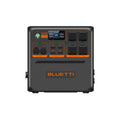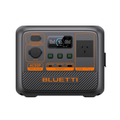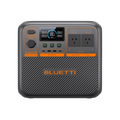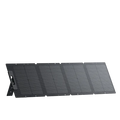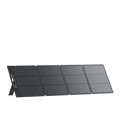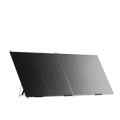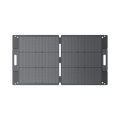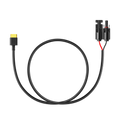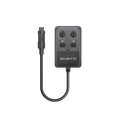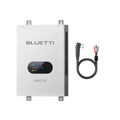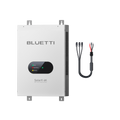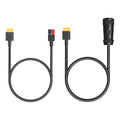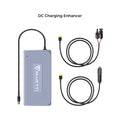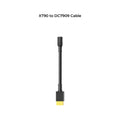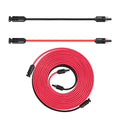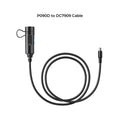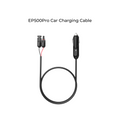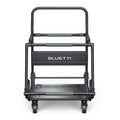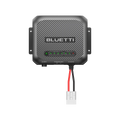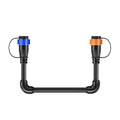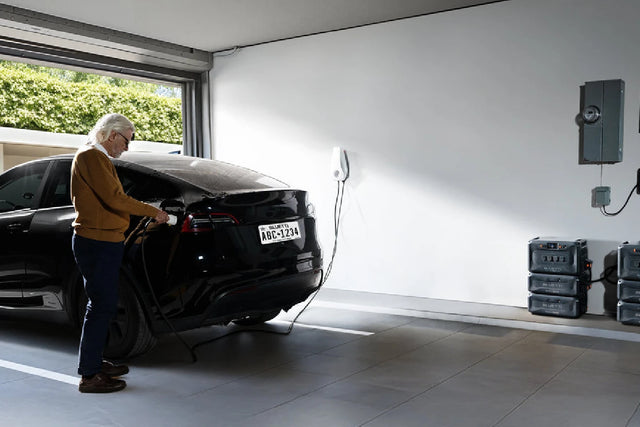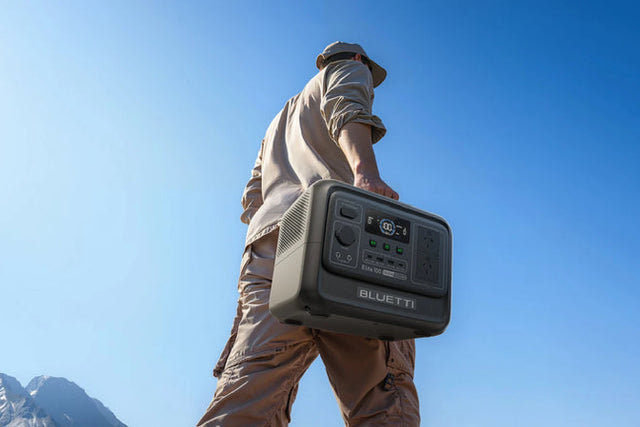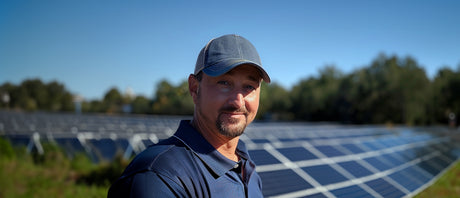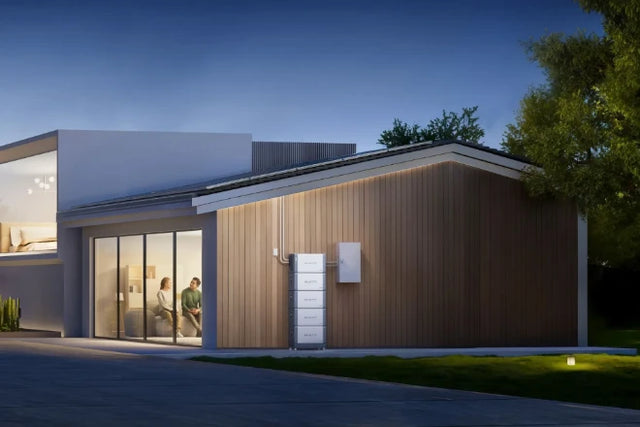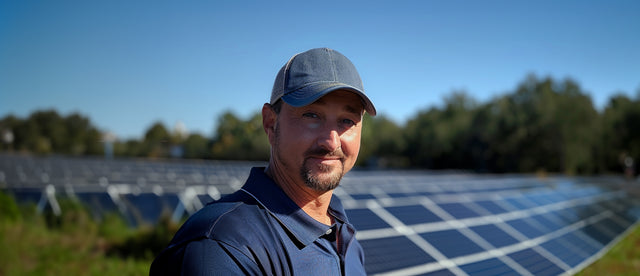As the world becomes increasingly aware of the impact of climate change, governments are taking steps to promote sustainable energy alternatives. In Australia, the New South Wales (NSW) government has implemented a range of initiatives, including solar rebates, to encourage households and businesses to switch to renewable energy sources. With 2023 and 2024 just around the corner, many are curious about the potential rebates they may receive and how they can take advantage of them. In this article, we will take a closer look at the NSW government's solar rebates for the upcoming years and provide a helpful calculator to determine potential savings. Whether you are a homeowner looking to reduce your carbon footprint or a business owner looking to cut costs, this information will be crucial in making informed decisions about your energy usage and investments.
What Is the NSW Government Solar Rebate?
The NSW Government Solar Rebate is a financial incentive program that provides homeowners and businesses in New South Wales with a financial subsidy to install solar panels on their property. It is part of the state government's commitment to promoting renewable energy and reducing carbon emissions. The program was first introduced in 2009 and has since undergone several changes to make it more accessible and beneficial for consumers.Under the current scheme, eligible households and small businesses can receive a rebate of up to $2,225 for installing a solar PV system. This amount is determined by the size of the system and the amount of energy it is expected to generate. The rebate is part of the government's $3 billion investment in solar power, which aims to increase the use of renewable energy in the state.
To be eligible for the rebate, applicants must meet certain criteria, including having a combined household income of less than $180,000 per year, owning a property valued at under $3 million, and not already receiving a solar feed-in tariff. The system must also be installed by a Clean Energy Council (CEC) accredited installer and use CEC-approved components. These requirements ensure that the solar systems installed are of high quality and meet safety standards.
One of the significant advantages of the NSW Government Solar Rebate is that it is available to both homeowners and businesses. This means that anyone who owns a property in NSW can take advantage of this financial incentive, regardless of whether they are a homeowner or a business owner. This opens up the opportunity for more people to reduce their reliance on fossil fuels and make the switch to clean energy.
The rebate is also available for both rooftop solar PV systems and solar hot water systems. While rooftop solar PV systems generate electricity, solar hot water systems use the sun's energy to heat water for household use. This variety allows households and businesses to choose the option that best suits their needs and budget.
Moreover, the NSW Government Solar Rebate is a point-of-sale discount, meaning that homeowners and businesses do not have to wait for a reimbursement after installing the system. The rebate is automatically applied to the cost of the system, reducing the upfront investment required. This makes solar power more affordable and accessible to a wider range of consumers.
Another essential aspect of the NSW Government Solar Rebate is that it is only available for a limited time. The current scheme is set to run until June 30th, 2023, or until the allocated funding is fully exhausted. However, the government has announced that a new rebate scheme will be introduced from July 1st, 2023, which will continue until June 30th, 2024. This means that consumers have a limited time to take advantage of this financial incentive, making it important to act quickly.
The NSW Government Solar Rebate is a valuable financial incentive that aims to promote the use of renewable energy and reduce carbon emissions in the state. It is available to both homeowners and businesses and covers both rooftop solar PV systems and solar hot water systems. By making the switch to solar power, individuals and businesses can not only save money on their energy bills but also contribute to a more sustainable future for NSW.

Government Solar Rebate NSW (Small Scale Technology Certificates)
The New South Wales (NSW) government has been making efforts to promote the use of renewable energy sources, such as solar power, in order to reduce the state’s carbon footprint and combat climate change. One of the ways in which the government is encouraging the uptake of solar energy is through the provision of solar rebates, which are available to households and businesses that install eligible solar panel systems. These rebates are in the form of ‘small-scale technology certificates’ (STCs) and are designed to offset the upfront cost of installing a solar system.STCs are a type of government incentive that was introduced as part of the federal government’s Renewable Energy Target (RET) scheme. Under this scheme, electricity retailers are required to purchase a certain amount of STCs each year, based on their level of electricity sales. The higher the retailer’s sales, the more STCs they are required to purchase. These STCs are then created and assigned to solar panel system owners, who can then sell them to electricity retailers to offset the upfront cost of their system installation.
The amount of STCs that can be created and assigned to a solar panel system is determined by its size and the location in which it is installed. This is where the NSW government rebate comes into play.
To give an example, a 5kW solar panel system installed in Sydney would be entitled to approximately 90 STCs under the current RET scheme. These STCs are worth around $36 each, which means the homeowner or business could receive a rebate of $3,240 off the cost of their solar system installation. It is important to note that this rebate is not provided as a discount on the upfront cost, but rather as a reduction in the cost of STCs required to be purchased by the retailer.
In addition to the STC rebate, the NSW government also offers a feed-in tariff (FIT) for households and businesses with solar panels. A FIT is a payment for excess electricity generated by a solar panel system that is fed back into the grid. The amount of FIT varies depending on your electricity retailer and can be an additional way for solar system owners to save money on their energy bills.

Government Solar Rebate NSW (Feed-in Tariff)
The Australian state of New South Wales (NSW) has been at the forefront of promoting sustainable and renewable energy sources. In line with this, the NSW government has introduced various initiatives and incentives to encourage households and businesses to switch to solar energy. One such initiative is the NSW Government Solar Rebate, also known as the Feed-in Tariff (FiT). This rebate is designed to make solar energy more affordable and accessible to the residents of NSW, while also helping the state to achieve its renewable energy targets.What is the NSW Government Solar Rebate?
The NSW Government Solar Rebate is a financial incentive provided by the state government to households and small businesses that install eligible solar systems. Under this scheme, participants are paid a set rate for the excess electricity generated by their solar panels and exported to the grid. This rate is known as the Feed-in Tariff (FiT) and is paid by the electricity retailer.
The purpose behind this rebate is to encourage more households and businesses to invest in solar PV systems. By providing a financial incentive, the NSW government aims to make the transition to solar energy more affordable and financially viable for individuals and businesses.
Calculating the Feed-in TariffThe amount of FiT paid to participants under the NSW Government Solar Rebate is calculated using a simple formula. It takes into account the amount of electricity generated by the solar system and exported to the grid, along with the current market rate for electricity.
The formula for calculating the FiT is:
FiT = Total electricity exported to the grid (kWh) x FiT rate (cents per kWh)
The FiT rate is set by the government and is subject to change annually. The current FiT rate for residential customers in NSW is 8 cents per kWh, while for small business customers it is 11 cents per kWh. This means that for every kWh of excess electricity exported to the grid, a residential customer will receive a payment of 8 cents, and a small business customer will receive 11 cents. How to Apply for the NSW Government Solar Rebate?To be eligible for the NSW Government Solar Rebate, applicants must meet certain criteria set by the state government. These include:
- Being a residential or small business customer in NSW
- Installing an eligible solar PV system with a capacity of 10 kW or less
- Having the solar system connected to the grid through a registered electricity retailer
- Not having received any other government rebate or incentive for the same solar system
To apply for the NSW Government Solar Rebate, applicants must first install the solar system and have it connected to the grid. They can then submit a claim through the electricity retailer, who will process the claim and make the FiT payments accordingly.
the NSW Government Solar Rebate, or FiT, is a financial incentive provided by the state government to promote the use of solar energy. It offers individuals and businesses a way to reduce their electricity bills, while also contributing towards a greener and more sustainable future for the state. With the NSW Solar Rebates, it has become easier for households and businesses to calculate the potential savings and benefits of switching to solar energy. By taking advantage of this rebate, residents of NSW can not only save money but also make a positive impact on the environment.Nsw Government Solar Rebates
Are you a resident of New South Wales (NSW) looking for ways to reduce your electricity bill? Look no further, as the NSW government has introduced a new initiative – the NSW Government Solar Rebates. This program aims to assist low-income households by providing them with free solar systems, reducing their electricity costs by up to $600 per year. In this article, we will explore the details of this rebate program and how it can benefit eligible households.The NSW government has recognized the rising energy costs and the financial strain it puts on households, especially low-income families. The Solar for Low Income Households program was launched in 2019, with a commitment of $15 million over five years. This program aims to support 3,400 low-income households by providing them with free solar systems, reducing their energy bills and easing the financial burden.
So, how does the NSW government solar rebate work? The program is designed to provide eligible households with a 3-kilowatt solar system, free of cost. This system can generate up to 12 kilowatt-hours of electricity per day, which is equivalent to an average household's energy consumption. By utilizing solar energy, households can reduce their reliance on the grid and save on their electricity costs.
Now, let's talk about the eligibility criteria for this program. To qualify for the NSW Government Solar Rebates, the following criteria must be met:
1. The household must have a valid Pensioner Concession Card, Department of Veterans' Affairs Gold Card, or a Commonwealth Health Care Card.
2. The household must be the owner-occupier of a property with a combined annual income of $180,000 or less.
3. The property must not have an existing solar system installed.
4. The property must have suitable roof space and meet specific shading requirements.
If you meet the above criteria, you can apply for the program through the Energy NSW website or by contacting the Energy Ombudsman for assistance. If your application is successful, the NSW government will cover the full cost of the solar system, including installation and any necessary upgrades to your meter.
Now, let's discuss how the NSW Government Solar Rebates can benefit eligible households. The main advantage of this program is the reduction in electricity costs. According to the NSW government, the average household can save up to $600 per year on their energy bills by utilizing solar energy. This can provide much-needed financial relief for low-income families struggling to make ends meet.
Additionally, this program also contributes towards achieving the government's objective of reducing greenhouse gas emissions. As solar energy is a clean and renewable source of energy, households utilizing solar systems can significantly reduce their carbon footprint. This, in turn, helps in the fight against climate change and promotes sustainable living.
the NSW Government Solar Rebates is an excellent initiative by the NSW government to support low-income households and promote the use of clean energy. This program not only reduces electricity costs but also contributes towards a cleaner and greener future. If you meet the eligibility criteria, do not hesitate to apply and take advantage of this fantastic opportunity. Make the switch to solar energy today and experience the benefits for yourself.

How to Apply for NSW Government Solar Rebates for 2023 and 2024
Applying for the NSW Government Solar Rebates for 2023 and 2024 is a simple and straightforward process. The first step is to determine if you are eligible for the rebates. You must meet certain criteria to be eligible for the rebate, such as being a resident of New South Wales and owning your own home. You can check your eligibility by visiting the NSW Government Solar Rebates website at https://rebateswap.energy.nsw.gov.au/apply.Once you have confirmed your eligibility, you can begin the application process. The application process is entirely online, making it convenient and accessible for all applicants. To start your application, you will need to create an account on the NSW Government Solar Rebates website. This account will allow you to track the progress of your application and receive updates on the status of your rebate.
After creating your account, you can begin filling out the application. The application will ask for basic information about your home, such as your address and electricity provider. You will also need to provide information about the solar system you plan to install, including the type and size of the system. It is important to have all this information readily available to ensure a smooth application process.
In addition to the basic information, you will also need to provide supporting documents, such as a copy of your electricity bill and a quote from an accredited solar retailer. These documents will help verify the information you have provided and ensure that you are eligible for the rebate. It is important to have these documents ready before starting the application to avoid delays.
Once you have completed the application, you can submit it for review. The government will then assess your application and determine if you are eligible for the rebate. This process can take up to four weeks, so it is important to be patient and avoid submitting multiple applications. If your application is successful, you will receive a notification via email and the rebate amount will be credited to your nominated bank account.
If your application is not successful, you can still reapply if you believe you meet all the eligibility criteria. It is important to carefully review the reasons for your rejection and address any issues before reapplying. The government may also contact you for further information or clarification during the review process.
In addition to the general solar rebate, there are also additional rebates available for low-income households and regional areas. These rebates aim to make solar power accessible to all residents of New South Wales, regardless of their financial situation or location. The application process for these additional rebates is the same as the general solar rebate, but you will need to meet specific criteria to be eligible.
applying for the NSW Government Solar Rebates for 2023 and 2024 is a simple and straightforward process. By following the steps outlined above, you can ensure a smooth application process and increase your chances of receiving the rebate. With the government's support, installing a solar system in your home has never been more affordable, so don't miss out on this great opportunity. Apply now and start enjoying the benefits of solar power while also contributing to a cleaner and greener environment.
What is the $7000 solar rebate NSW eligibility?
The NSW Government Solar Rebates for 2023|2024 has been a major topic of discussion among homeowners and businesses alike. With the increasing demand for clean and renewable energy sources, the government has introduced this scheme to incentivize the installation of solar panels. But what exactly is the eligibility criteria for the $7000 rebate? Let's find out.First and foremost, the rebate is available to anyone who lives or leases property in New South Wales. This means that both homeowners and renters are eligible for the scheme. However, there are certain criteria that need to be met in order to qualify for the $7000 rebate.
Residence: The first eligibility criterion is that the applicant must live in one of the authorized postcodes in NSW. These postcodes have been selected based on their potential for solar energy generation. It is important to note that the scheme is not available to residents outside of these postcodes.
Income: Another important eligibility requirement is the annual family income. The NSW Government has set a limit of $180,000 per year for the household income. This means that households with an income higher than this limit will not be eligible for the rebate. The aim of this requirement is to ensure that the scheme benefits those who need it the most.
Property Ownership: In order to receive the $7000 rebate, the applicant must either own the property or have permission to construct a grid-connected house. This means that renters who have the permission of their landlord to install solar panels can also apply for the rebate. The property must also comply with the relevant building and planning regulations.
Loan Requirements: The final eligibility criterion is related to the loan requirements. In order to qualify for the rebate, the applicant must fulfill the specified loan requirements. This means that the solar system must be purchased through a loan or payment plan. The loan provider must also be an authorized solar retailer.
What is the $4,000 energy rebate NSW?
Apart from the $7000 solar rebate, the NSW Government is also offering a $4,000 energy rebate for eligible households. This rebate is meant to assist low-income households in reducing their energy bills. Here are the eligibility criteria for the $4,000 energy rebate:Residence: Just like the $7000 solar rebate, the residence must be located in one of the authorized postcodes in NSW.
Income: The annual family income for this rebate is set at $180,000 or less, just like the solar rebate.
Property Ownership: The property must be owned, lived in, and have permission to construct a grid-connected house. This means that renters are not eligible for the $4,000 energy rebate.
Loan Requirements: To qualify for the energy rebate, the applicant must have an existing energy bill account in their name. They must also have a valid concession card, such as a Pensioner Concession Card, Low Income Household Rebate, or a Department of Veterans' Affairs Pensioner Concession Card.
In addition to these eligibility criteria, there are also some other key points to keep in mind. The rebates are only available for installations that have not been completed before the scheme's commencement date. The solar panels must also meet the relevant standards and must be installed by an authorized installer.
the NSW Government Solar Rebate scheme is a great initiative to encourage the use of clean and renewable energy sources. Both the $7000 solar rebate and the $4,000 energy rebate have specific eligibility criteria that need to be met in order to receive the incentives. It is important for potential applicants to carefully review these criteria and ensure that they qualify before applying. With these rebates, residents of NSW can save money on their energy bills while also contributing towards a greener future.
1. What is the current solar rebate amount offered by the NSW government?
The current solar rebate amount offered by the NSW government is determined by the Solar Homes and Communities Plan. This plan provides financial incentives to households and businesses to install solar panels and reduce their reliance on traditional energy sources. As of 2021, the current rebate amount for residential installations is $2,225 per kilowatt (kW) for systems up to 10kW, and $1,400 per kW for systems between 10kW and 100kW. For businesses, the rebate amount is $1,000 per kW, with a maximum of 100kW. These rebate amounts are subject to change depending on the availability of funds and the government's overall renewable energy target.
Detailed information about the current solar rebate amount can be found on the NSW government's official website.2. How long will the current rebate be available for?
The government of New South Wales has implemented various solar rebate schemes in order to encourage households and businesses to switch to renewable energy sources. In 2023 and 2024, the NSW government solar rebate will play a crucial role in determining the amount of rebate that eligible parties can receive. However, a question that may arise is: how long will this current rebate scheme be available for?
The answer to this question is not certain, as it largely depends on the government's policies and financial budget. But, based on the previous rebate schemes, it is safe to assume that the current rebate will be valid for a certain period of time or until the allocated budget for rebates runs out. Hence, it is important for those interested in the rebate to act promptly and take advantage of it while it is still available.
In order to stay updated on the availability of the NSW government solar rebates, it is advisable to regularly check the government's official websites and social media platforms. These platforms will often announce any changes or updates regarding the rebate scheme. Additionally, seeking assistance from reputable solar companies or consultants can also provide valuable insights on the availability of rebates and how to apply for them.
while we cannot determine the exact duration of the current rebate scheme, it is crucial to take advantage of it while it is still available. Switching to solar energy not only benefits the environment but also provides financial benefits in the form of rebates.
3. Are there any eligibility criteria for receiving the solar rebate?
Yes, there are certain eligibility criteria that must be met in order to receive the solar rebate offered by the NSW government. The first criteria is that the solar system must be installed by a Clean Energy Council (CEC) accredited installer. This ensures that the system meets the necessary safety and quality standards. Additionally, the solar panels used must be on the CEC approved product list and have a minimum warranty of 10 years. The household must also be connected to the grid and have a compatible electricity meter. Furthermore, the household must not have received any other government rebates for the same solar system. the system must be installed on or after the eligibility start date and before the eligibility end date as specified by the government. Meeting these criteria is essential for receiving the solar rebate. It is important for individuals to carefully review and fulfill these eligibility requirements before applying for the rebate to ensure a smooth and successful process.
4. How do I apply for the NSW government solar rebate?
To apply for the NSW government solar rebate, you will need to follow these steps:
- Step 1: Determine your eligibility for the rebate by checking the NSW government's eligibility criteria.
- Step 2: Choose a Clean Energy Council (CEC) accredited solar retailer in NSW. The CEC website has a list of accredited retailers.
- Step 3: Request a quote from the retailer for a solar system that meets the eligibility requirements for the rebate.
- Step 4: If you are satisfied with the quote, sign a contract with the retailer for the installation of the solar system.
- Step 5: The retailer will then apply for the rebate on your behalf through the NSW government's online portal.
- Step 6: Once the rebate application is approved, the retailer will deduct the rebate amount from the total cost of the solar system.
- Step 7: You will need to pay the remaining cost to the retailer.
- Step 8: The retailer will then install the solar system and provide you with all the necessary documents and warranties.
It is important to note that the NSW government solar rebates are only available for new solar installations and not for existing systems. Also, the rebate amount may vary depending on the size of the system and other factors. It is recommended to do thorough research and compare quotes from different retailers to ensure you are getting the best deal.
5. Will the rebate amount change in the future and if so, how will it be determined?
In order to answer the question of whether the NSW government solar rebates will change in the future, we must first look at how the rebate amount is currently determined. The rebate amount is currently calculated based on a number of factors, such as the size of the solar system, the location of the property, and the date of installation. This means that the rebate amount is subject to change on a yearly basis, as these factors can fluctuate. Additionally, the government has set a target of achieving net-zero emissions by 2050, which could potentially result in changes to the rebate program in the future. However, any changes to the rebate amount would likely be based on careful analysis and review of data and would be communicated to the public in advance. It is also important to note that the rebate program has been extremely successful in driving solar installations in NSW, and it is likely that the government will continue to support and incentivize the transition to renewable energy in the future. Therefore, while changes to the rebate amount are possible in the future, it is likely that they will be implemented in a responsible and gradual manner.
As we look towards the future, it's clear that solar power will continue to play a crucial role in shaping our energy landscape. The NSW government has recognized this and has taken significant steps to support the adoption of solar energy in the state through various rebates and incentives.
In 2023, the NSW government announced a new Solar Homes Program, which aims to provide rebates and interest-free loans to households looking to install solar panels. This program will support the installation of an additional 2.6 GW of solar capacity in the state, helping to reduce electricity bills for thousands of households and drive down carbon emissions.
Under the program, eligible households can receive a rebate of up to $3,000 for the installation of a solar PV system with a capacity of up to 10 kilowatts. In addition, low-income households may also be able to access interest-free loans to cover the upfront costs of solar panel installations.
For businesses, the NSW government has also announced a $12.5 million Solar for Business Program, which will provide grants to small and medium-sized enterprises to install solar PV systems. This will not only help businesses reduce their energy costs but also contribute to the state's renewable energy targets.
Furthermore, the NSW government has committed to making its own buildings and facilities more sustainable and has set a target of installing solar panels on 25% of government buildings by 2024. This will not only reduce the government's energy expenditure but also demonstrate their commitment to leading by example in the transition to renewable energy.
It's important to note that the current solar rebates and incentives are subject to change and may vary based on the availability of funding and government policies. Therefore, it's crucial for households and businesses to stay updated and take advantage of these opportunities while they last.
the NSW government's continued support for solar energy through rebates and incentives is a positive step towards a more sustainable future. It not only benefits households and businesses but also contributes to the state's goal of reaching net-zero emissions by 2050. Let's all do our part in embracing renewable energy and creating a cleaner and greener world for generations to come.
Shop products from this article
Be the First to Know
You May Also Like
For Australians exploring a sustainable future, harnessing solar power with a robust battery bank could be the perfect solution for our energy needs. Imagine tapping into the sun’s abundant energy...
For those looking to harness the sun's power and achieve true energy independence, Australia offers a treasure trove of solar battery storage options designed to meet a variety of needs....


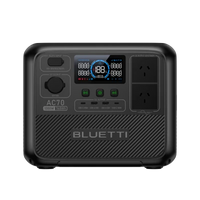
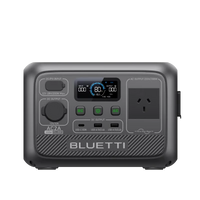
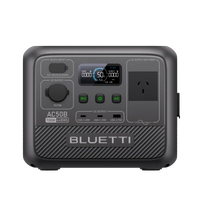

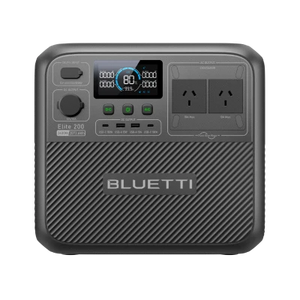
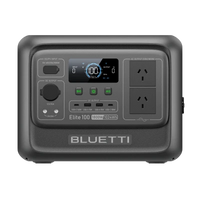
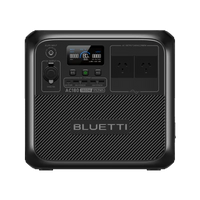
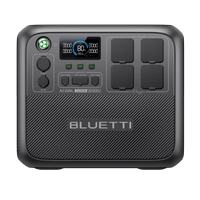
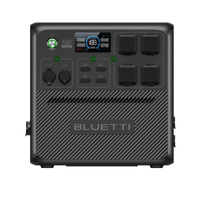
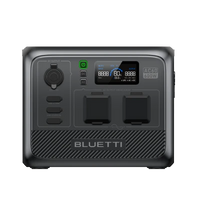
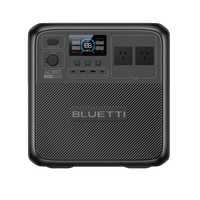


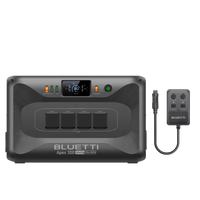

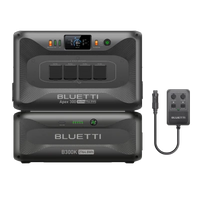
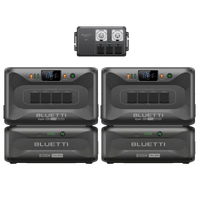
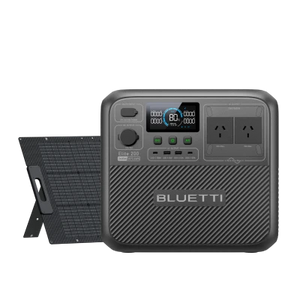
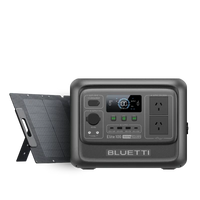
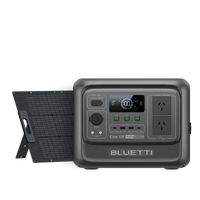
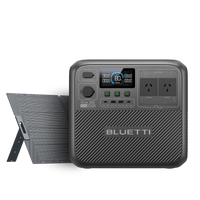
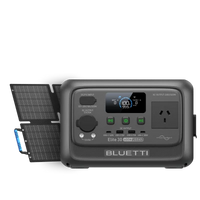
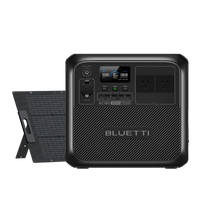
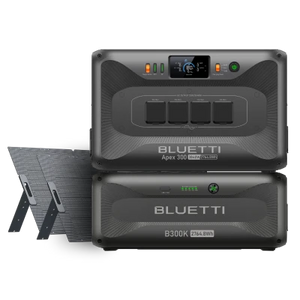
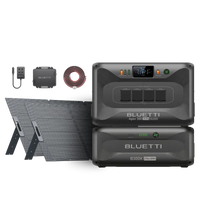
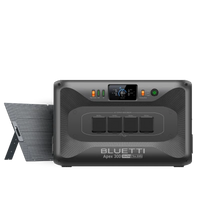
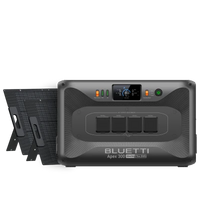
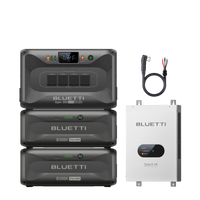

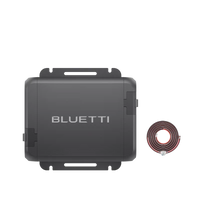
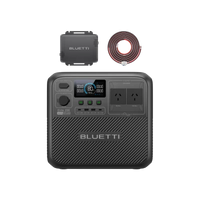
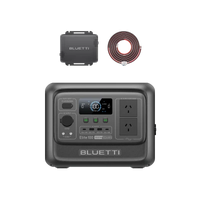
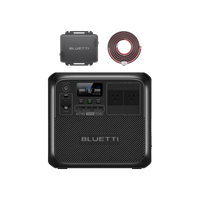
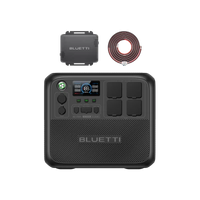
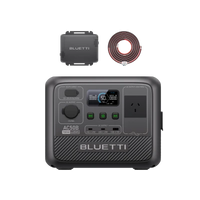
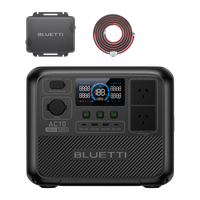


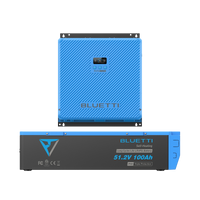
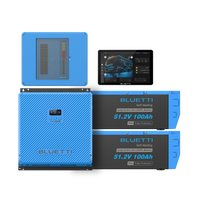
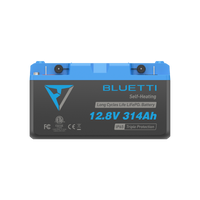
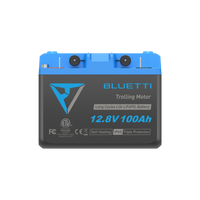
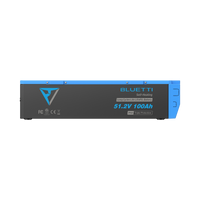
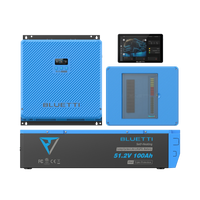
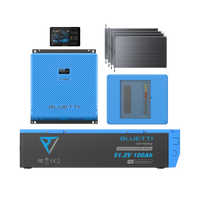
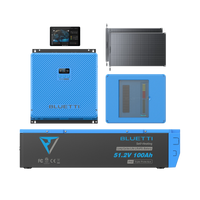
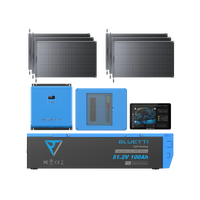

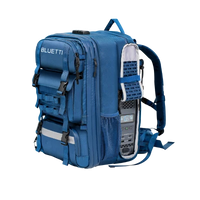


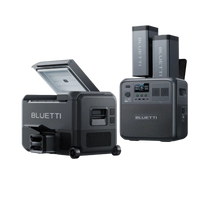
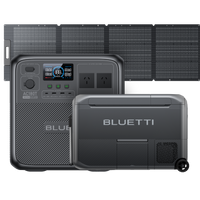
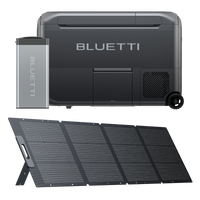
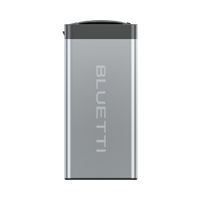
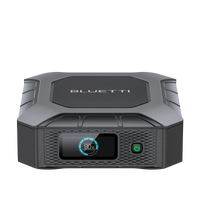
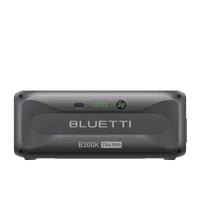

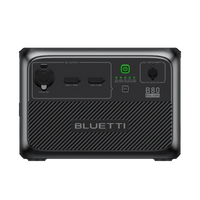
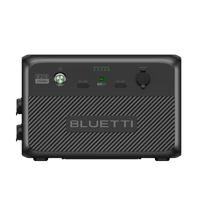

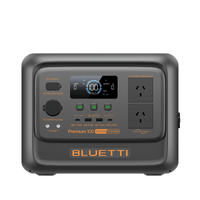
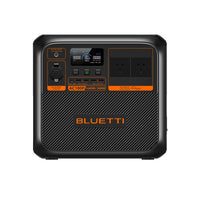

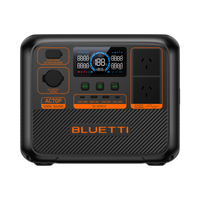
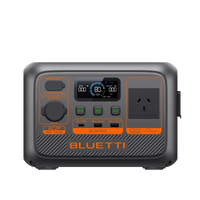
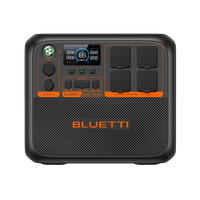
![[Phased Out] BLUETTI B80P Expansion Battery | 806Wh](http://www.bluettipower.com.au/cdn/shop/files/202310025B80P_2000-2000px_4_4caa0c1c-4dab-4272-9e9b-2b7507e5bd81.jpg?v=1713777870&width=200)
![[Phased Out] BLUETTI B210P Expansion Battery | 2,150Wh](http://www.bluettipower.com.au/cdn/shop/files/2_08cf9ef3-03a4-4489-b641-d3edb8094896.webp?v=1716016566&width=200)
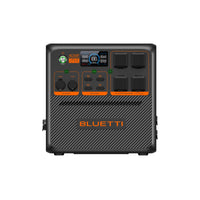
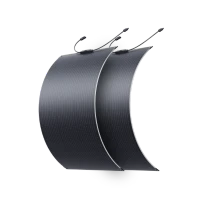
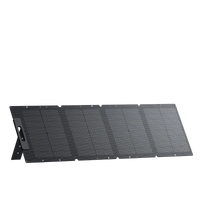
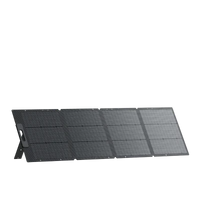
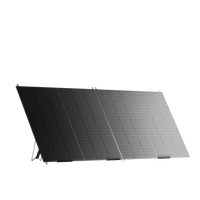

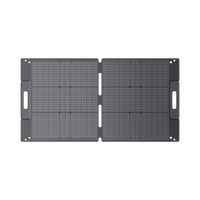

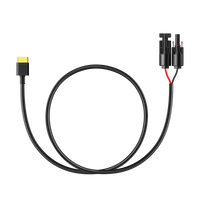
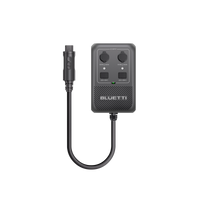
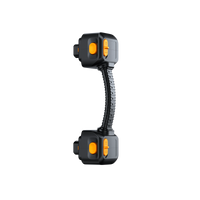
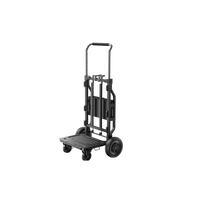
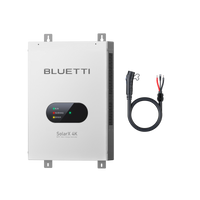
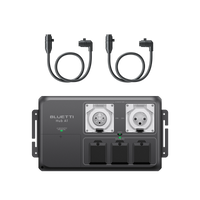
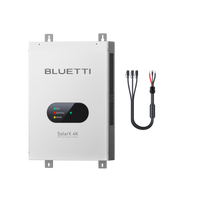
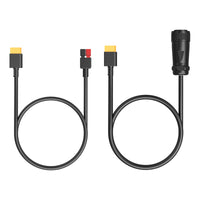
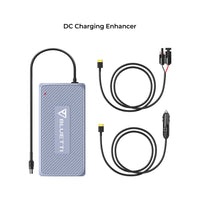

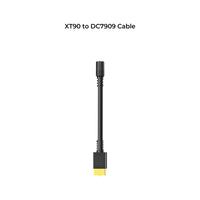
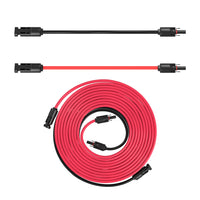
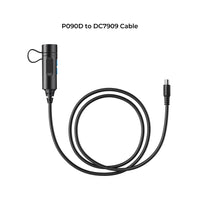
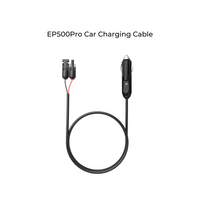
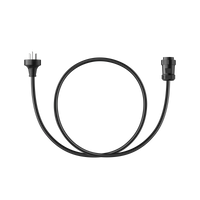
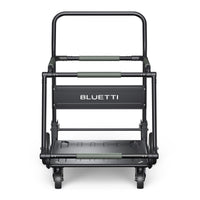
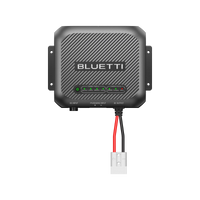
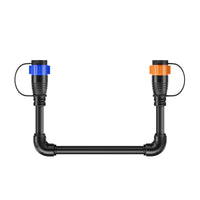



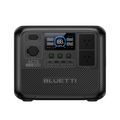
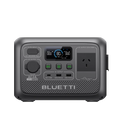
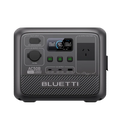


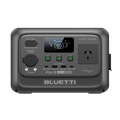
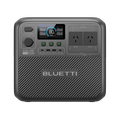
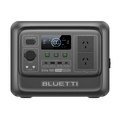
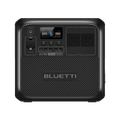
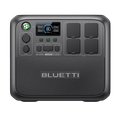
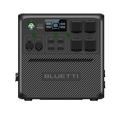
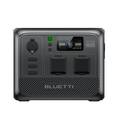
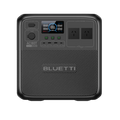


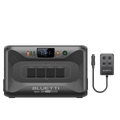

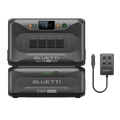
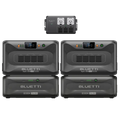




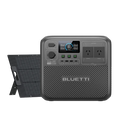
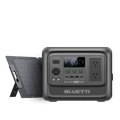
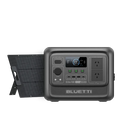
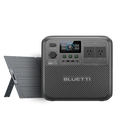
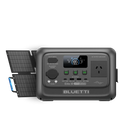
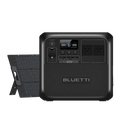
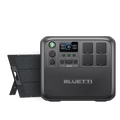
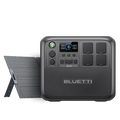




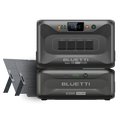
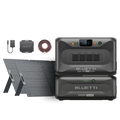
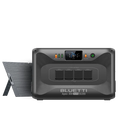
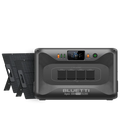
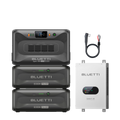


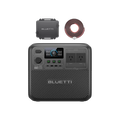
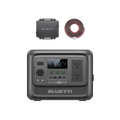
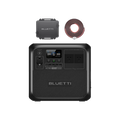
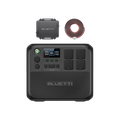
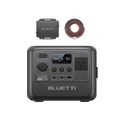
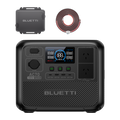
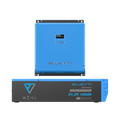
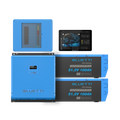
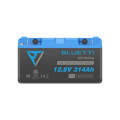
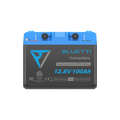

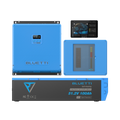
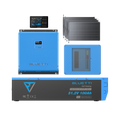
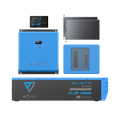
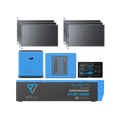





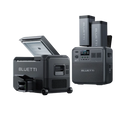
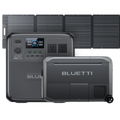
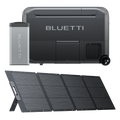
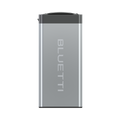

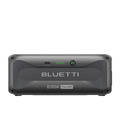

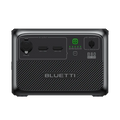
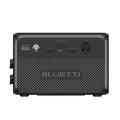
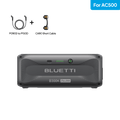
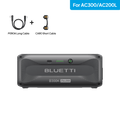
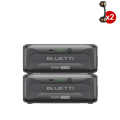
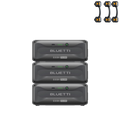




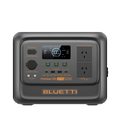
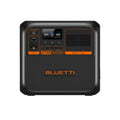

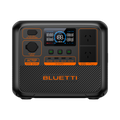
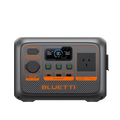
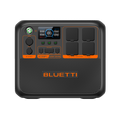
![[Phased Out] BLUETTI B80P Expansion Battery | 806Wh](http://www.bluettipower.com.au/cdn/shop/files/202310025B80P_2000-2000px_4_4caa0c1c-4dab-4272-9e9b-2b7507e5bd81.jpg?v=1713777870&width=120)
![[Phased Out] BLUETTI B210P Expansion Battery | 2,150Wh](http://www.bluettipower.com.au/cdn/shop/files/2_08cf9ef3-03a4-4489-b641-d3edb8094896.webp?v=1716016566&width=120)
